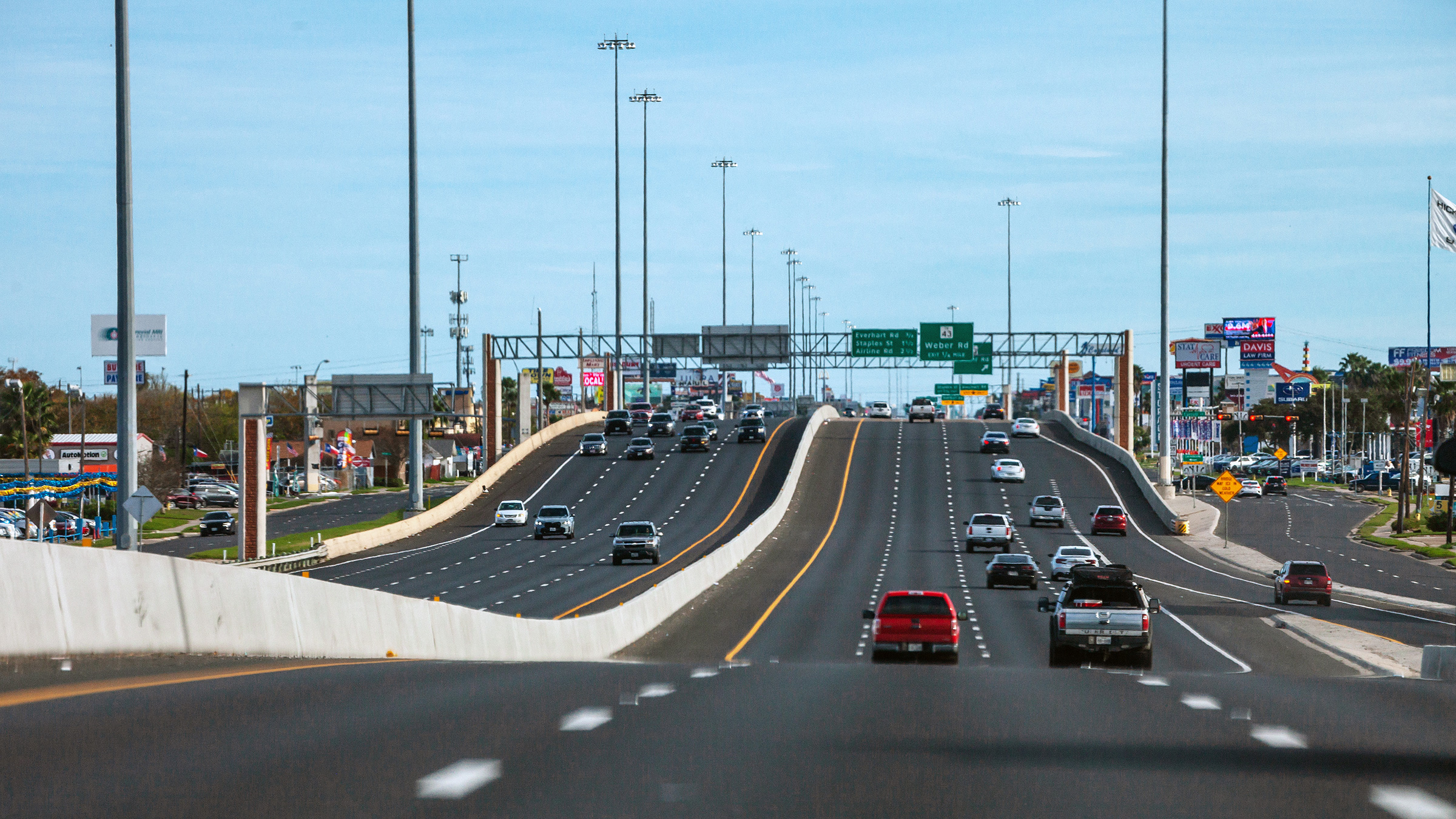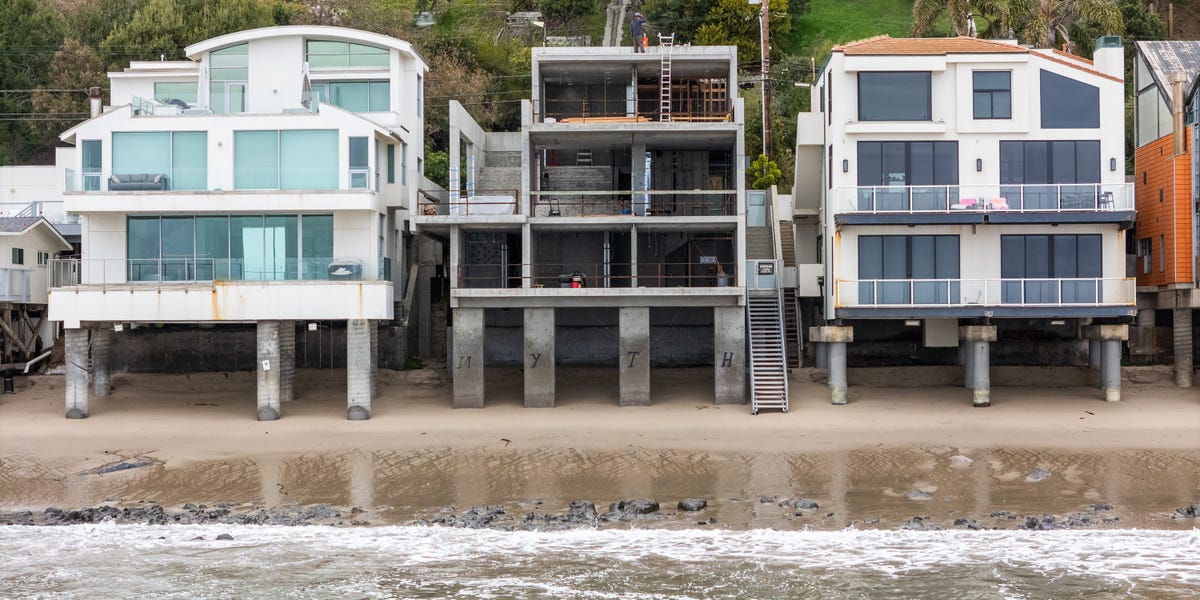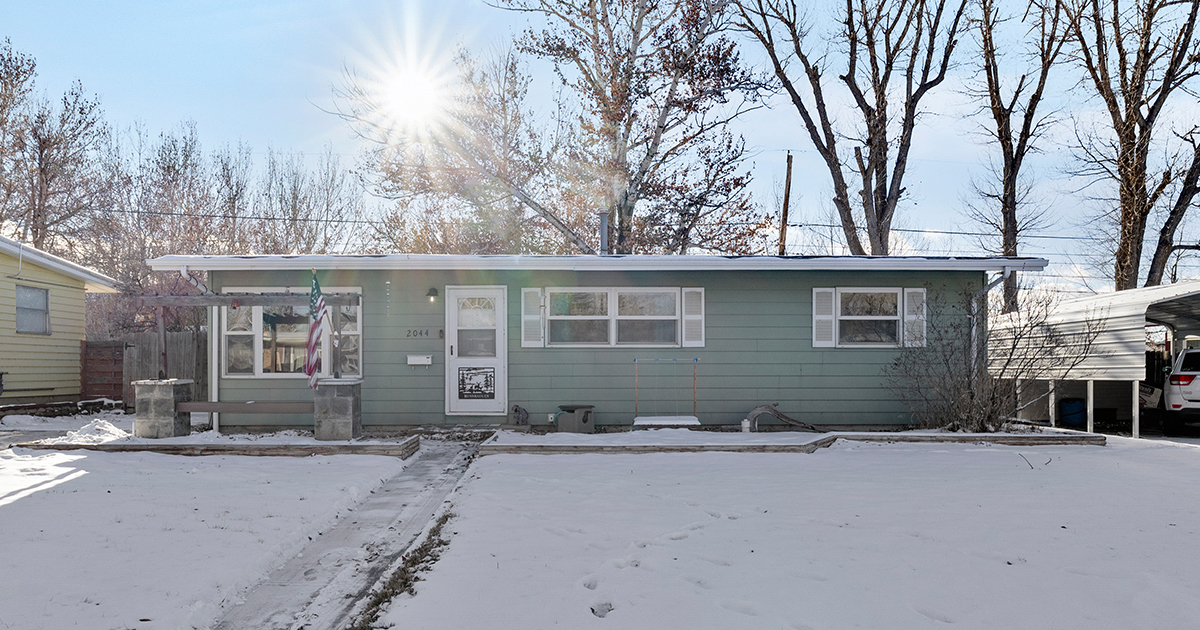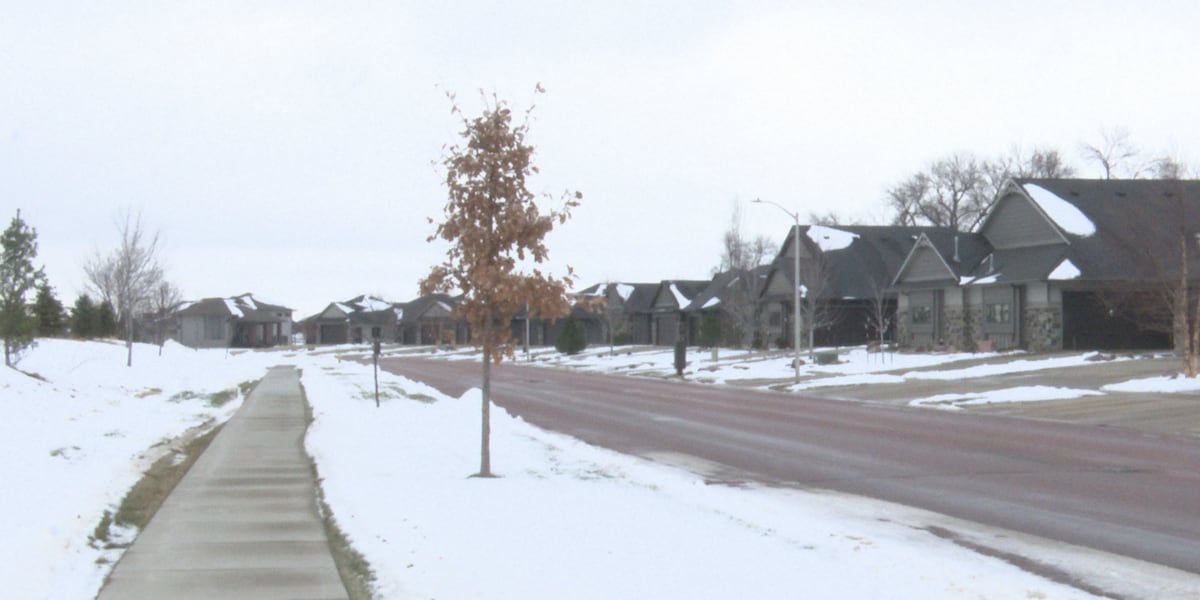T
he data and insights come from a Texas A&M University‑Corpus Christi economics professor, Dr. Jim Lee, whose study was commissioned by the Texas Real Estate Research Center. The new Harbor Bridge, opened earlier this year, stretches 1,661 feet and is the largest cable‑stayed bridge in the United States. It reshapes the Corpus Christi skyline, eases shipping‑channel traffic, and is projected to cut city congestion—a growing concern.
Corpus Christi commuters average 20.9 minutes, shorter than the national 26.4 minutes, yet the distance they travel has risen. In 2012, 63 % of residents rode less than 10 miles to work; by 2023 that fell to 49 %, while 27 % now drive over 50 miles. The metropolitan area includes Aransas, Nueces, and San Patricio counties. Aransas has the highest proportion of both short (≤10 miles) and long (>25 miles) commutes, largely because many residents travel to jobs in Corpus Christi, Nueces County. Ongoing infrastructure investment, improved roads, and lower transportation costs keep commute times short, but the spread of new businesses into remote zones has widened the distance between home and work, creating a mismatch between residential and employment locations.
To understand commuting patterns beyond county averages, we examine ZIP‑code net flows. In the Northwest and Central districts of Corpus Christi, and in Port Aransas and Aransas Pass, the share of inbound commuters exceeds outbound, indicating a net inflow of workers. Most other ZIP codes show a net outflow, sending residents to jobs outside their own area.
Employment clusters illustrate these flows. The Industrial District, centered on Refinery Row along the inner harbor, employs about 3,000 workers. Roughly 20 % commute from ZIP 78410 (Northwest Corpus Christi), 15 % from 78414 (South Side), and 10 % from 78415 (Deep South). Hospitals—Christus Spohn, Driscoll Children’s, and Corpus Christi Medical Center—house 11,000 staff, with 20 % residing in 78414 and about 10 % each in 78412, 78413, and 78415. The Central Business District (ZIP 78401) hosts 20,736 workers; 11 % come from 78414, 9 % from 78413, 8 % from 78415, and 8 % from 78412. Texas A&M’s 1,500 employees draw 17 % from 78412, 15 % from 78414, 9 % from 78413, and 8 % from 78418. The military base in Flour Bluff employs roughly 7,900 personnel; 14 % live in 78418, 13 % in 78414, 6 % in 78413, and 5 % in 78412.
Gregory‑Portland, San Patricio’s industrial hub, employs about 1,500 workers. Six percent live in ZIP 78374 (Portland), three percent in 78362 (Ingleside), five percent in 78415, and four percent in 78414. Adjacent Ingleside sites—Kiewit (2,000 workers) and OxyChem (372 onsite employees)—have 10 % of staff from 78362, 8 % from 78374, 7 % from 78336, and 5 % from 78362. Steel Dynamics near Sinton, with 600 workers, sees 10 % from 78410, 5 % from 78382, and a larger share from 78410 than from its own community.
These patterns reveal that many Corpus Christi residents live far from their workplaces. In Nueces County, the largest residential areas are the Northwest and South Side suburbs; in San Patricio, commuters cluster in new Portland developments; Aransas County’s housing is more evenly spread, especially around Rockport‑Fulton.
Industry‑specific commuting shows disparities tied to housing affordability. High‑paying roles—management, architecture, legal—earn median hourly wages of $41, $43.1, and $40.2 in 2023. ZIP codes in Central Corpus Christi and San Patricio attract almost all of these workers, with net inflows near 100 %. Low‑paying jobs (healthcare support, food prep, personal care) pay under $13 per hour. Rural ZIPs experience net outflows of these workers, while city ZIPs like 78412 and 78411 see net inflows due to restaurants and healthcare facilities.
The correlation between the 2023 Home Affordability Index and net commuter flows is –0.42, indicating that less affordable ZIPs draw more workers from elsewhere. This spatial mismatch extends commute times, costs, and limits access to high‑employment areas, disproportionately affecting low‑income and minority residents.
Remote work, accelerated by COVID‑19, varies by industry and ZIP. High‑skill, high‑pay jobs are more likely to be remote. Rural ZIPs in Aransas and San Patricio report over 10 % remote workers; Nueces County’s share is 8 %. Remote workers tend to live in areas with higher home prices, creating a positive relationship between remote‑work share and median home values. Research suggests a one‑percentage‑point rise in remote workers can raise local home values by about two percentage points, a trend likely influencing coastal communities in the Corpus Christi metro area.














